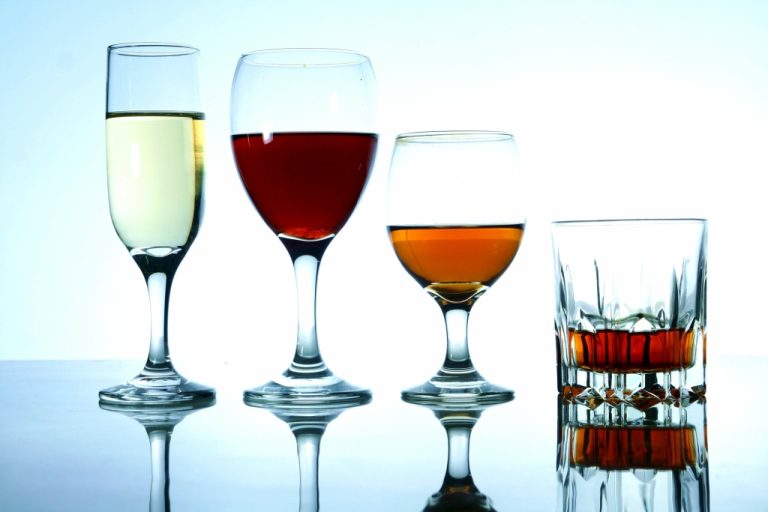Content
There’s a chance the intervention won’t work, or at least won’t get your loved one to agree to treatment right away. If that happens, you should have a plan for how you’ll handle it. Blaming someone for their addiction causes shame and guilt, which is more likely to turn them back to alcohol than to get them into treatment.
Mental health and wellness tips, our latest guides, resources, and more. You aren’t to blame for your loved one’s drinking problem and you can’t make them change. Make it clear that drinking will not be allowed in your home and that you may not be able to attend events where alcohol is being served. Whether or not they have an alcohol use disorder (AUD), they might not be able to give up alcohol on their own. They can suffer from alcohol-related harms even if they drink within the recommended limits.
Support for People With Alcoholism
“Alcoholism” and “alcohol abuse” are terms people use when referring to alcohol use disorder (AUD), a widespread issue in the United States. It affects 12.1% of males 12 and older and 9.1% of females in the same age group. Ideally, health professionals would be able to identify which AUD treatment is most effective for each person. NIAAA and other organizations are conducting research to identify genes and other factors that can predict how well someone will respond to a particular treatment. These advances could optimize how treatment decisions are made in the future.
- Please credit us as the infographic’s creator or provide a link to this article where possible.
- They use a set of 11 criteria established by the Diagnostic and Statistical Manual of Mental Disorders, Fifth Edition (DSM-5) to assess alcohol use severity.
- Learn that you have choices and that you can maintain control.
- Alcohol withdrawal symptoms usually start within hours after you stop drinking, peak in a day or two, and improve within five days.
In some cases, your loved one’s shock when family members and friends follow through with their stated consequences can motivate them to finally seek treatment. Once you end the intervention, you’ll need to keep up with the progress of your loved one. If they’re not, you have to decide what your next steps might be. It’s important to set boundaries https://ecosoberhouse.com/ and stick to any consequences laid out during the meeting if your loved one chooses not to go to treatment. For instance, you may cut off all contact or refuse to provide financial support or a place to stay if your loved one refuses treatment. Fewer people seek out treatment for alcohol addiction than for any other mental illness.
Involve Close Friends, Family and Colleagues
More severe problems may require admittance into a structured program, treatment facility or hospital. Acknowledging and celebrating the hard work of recovery is helpful for keeping you motivated and reminding you why you took this brave step toward sobriety in the first how to do an intervention for an alcoholic place. Just be sure that your rewards don’t involve drugs or alcohol. Instead, focus on things, experiences, and activities that will support your new, healthy lifestyle. It may help to pick a quit date, or a day when you choose to discontinue use of alcohol or drugs.

Get an idea of what happens at inpatient vs. outpatient alcohol treatment facilities. While getting sober is an important first step, it is only the beginning of your recovery from alcohol addiction or heavy drinking. Recovering from alcohol addiction or heavy drinking is not a quick and easy process. In general, the longer and more intense the alcohol use, the longer and more intense the treatment you’ll need.
























